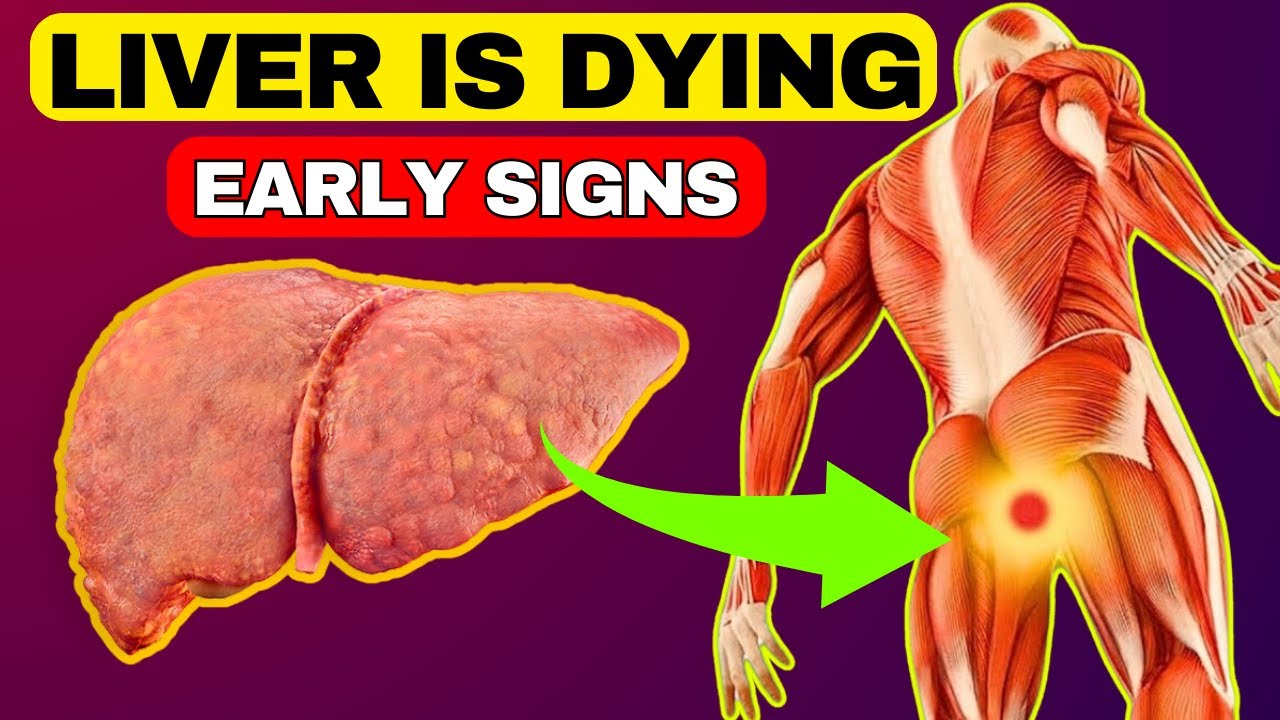IMCI training video - checking for danger signs
Summary
TLDRThis video script emphasizes the importance of identifying general danger signs in children, which may indicate a serious condition requiring immediate medical attention. Key signs include the inability to drink or breastfeed, persistent vomiting, convulsions, and lethargy or unconsciousness. Health workers are advised to promptly assess and treat children exhibiting these signs, potentially referring them to a hospital for life-saving care.
Takeaways
- 🚨 General danger signs in children indicate serious conditions that may require immediate medical attention.
- 🍼 A child unable to drink or breastfeed is a critical danger sign, including those too weak to suck or swallow.
- 🤮 If a child repeatedly vomits after trying to drink, it is a sign of a serious condition and requires prompt attention.
- 😖 Convulsions or fits during an illness are a general danger sign and should be reported by the mother for assessment.
- 😴 Lethargy in a child, especially when they do not respond to normal stimuli, is a danger sign indicating a severe condition.
- 💤 Unconsciousness, where a child cannot be awakened, is a severe danger sign that necessitates immediate medical intervention.
- 🏥 Children showing general danger signs may need to be referred to a hospital for treatment not available at the clinic.
- 🤒 Checking for general danger signs is the first step in assessing a child's condition to determine the urgency of their treatment.
- 👂👃 A blocked nose can make it difficult for a breastfeeding child to suck, but clearing the nose can help them continue.
- 👶 Even very young babies who sleep a lot should respond to sounds like clapping, and lack of response is a concern.
- 🔍 Health workers should use terms that mothers will understand when inquiring about convulsions, such as 'fits' or 'spasms'.
Q & A
What is the purpose of checking for general danger signs in a child?
-The purpose is to identify if a child has a serious condition that may require immediate life-saving attention such as antibiotics, oxygen, and other medicines.
Why might a child with a general danger sign need to be referred to a hospital?
-A child may need to be referred to a hospital because the necessary treatments like injections or certain medicines might not be available at the clinic.
What does it mean if a child is unable to drink or breastfeed?
-If a child is unable to drink or breastfeed, it indicates that the child is too weak to suck or swallow, which is a sign of a serious condition.
How can a blocked nose affect a breastfeeding child's ability to feed?
-A blocked nose can make it difficult for a breastfeeding child to suck, but once the nose is cleared, the child can continue to breastfeed.
What is the significance of a child vomiting everything they try to drink?
-If a child repeatedly vomits after trying to drink and cannot keep anything down, it is a danger sign indicating a serious condition.
Why is it important to ask about convulsions during the child's illness?
-Asking about convulsions is important because if a child has had convulsions during the illness, it is a general danger sign that requires immediate attention.
What terms might a mother use to describe convulsions that a health worker should understand?
-A mother might use terms like 'fits' or 'spasms' to describe convulsions, which a health worker should recognize as danger signs.
How can a health worker determine if a child is lethargic?
-A lethargic child is drowsy when they should be awake and alert, not responding to the mother or the health worker's face when talking, or failing to waken when spoken to or clapped at.
What is the difference between a lethargic child and an unconscious child?
-A lethargic child is drowsy and unresponsive but can be wakened with difficulty, while an unconscious child cannot be wakened at all, not responding to speech or physical stimulation.
What should a health worker do if they identify any general danger signs in a child?
-If any general danger signs are present, the health worker should complete the rest of the assessment immediately to ensure there is no delay in the child's treatment.
Why is it crucial to act quickly when a general danger sign is present in a child?
-Acting quickly is crucial because it ensures that the child receives timely treatment for potentially life-threatening conditions, which can be critical for their survival and recovery.
Outlines

Dieser Bereich ist nur für Premium-Benutzer verfügbar. Bitte führen Sie ein Upgrade durch, um auf diesen Abschnitt zuzugreifen.
Upgrade durchführenMindmap

Dieser Bereich ist nur für Premium-Benutzer verfügbar. Bitte führen Sie ein Upgrade durch, um auf diesen Abschnitt zuzugreifen.
Upgrade durchführenKeywords

Dieser Bereich ist nur für Premium-Benutzer verfügbar. Bitte führen Sie ein Upgrade durch, um auf diesen Abschnitt zuzugreifen.
Upgrade durchführenHighlights

Dieser Bereich ist nur für Premium-Benutzer verfügbar. Bitte führen Sie ein Upgrade durch, um auf diesen Abschnitt zuzugreifen.
Upgrade durchführenTranscripts

Dieser Bereich ist nur für Premium-Benutzer verfügbar. Bitte führen Sie ein Upgrade durch, um auf diesen Abschnitt zuzugreifen.
Upgrade durchführenWeitere ähnliche Videos ansehen
5.0 / 5 (0 votes)






